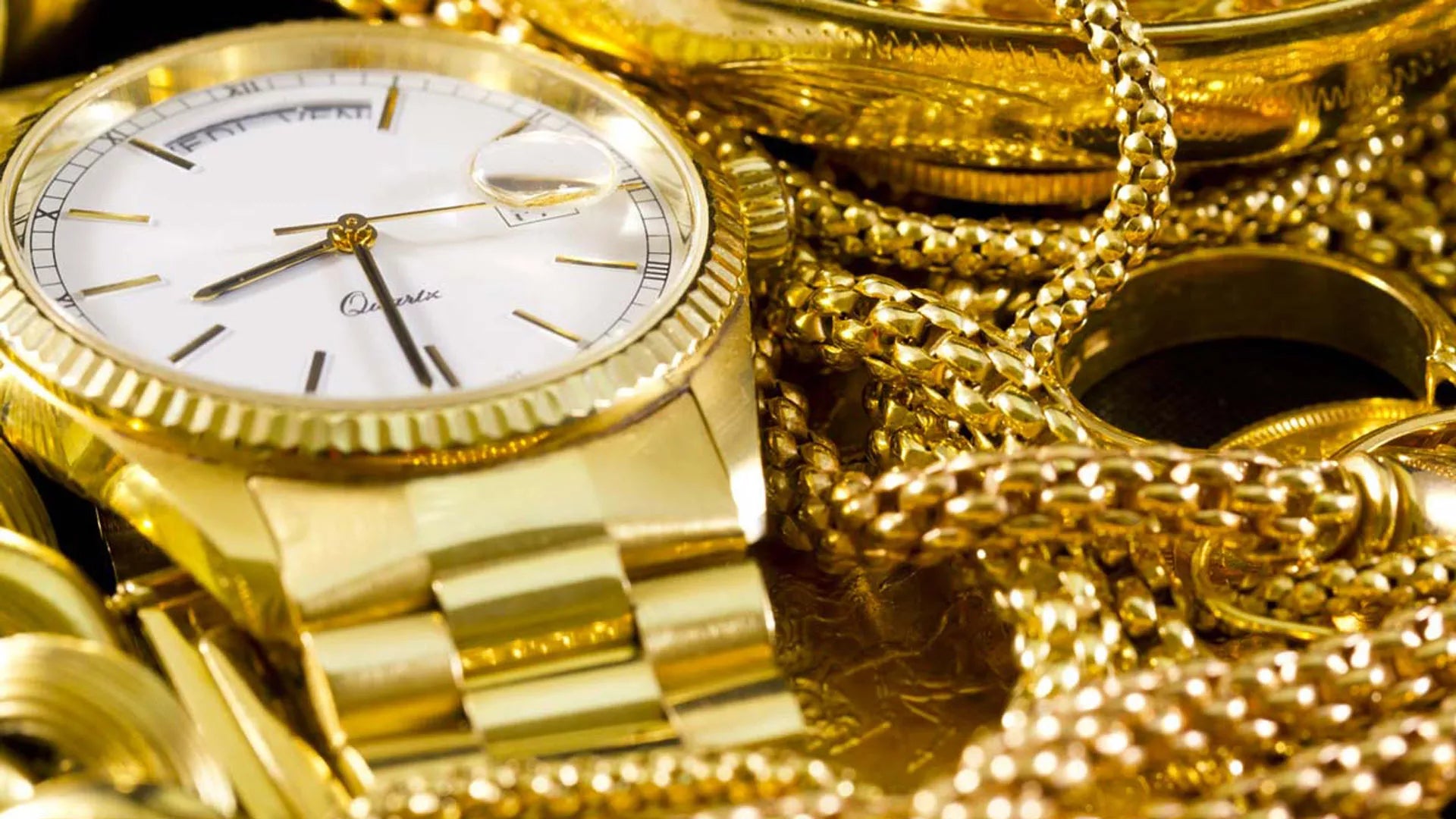It has a bright red colour, due to inclusions of chromium, but can take on various shades of this colour, ranging from the brightest red, also called "pigeon's blood", to pinkish (typical of metamorphic rocks generated by contact metamorphism of aluminoferous sediments and dolomitic marbles). Given the high hardness, one of the typical deposits is the secondary one in alluvial deposits.
Its dimensions are usually not exceptional and are very related to transparency ; for this reason, clear rubies exceeding 10 carats are considered exceptional. Again based on quality, various types of cutting are used.
The best gems are usually cut "into facets", while as transparency decreases they change to the " cabochon " shape; this cutting method is also the best to highlight, where present, the asterism phenomenon .
The ruby is a very rare gem and in ancient times it was often confused with other red gems , until modern gemological means allowed a more accurate analysis of the type of crystal; even nowadays, both due to its limited production and its great beauty, it can happen that another gem is passed off as ruby, using other minerals such as spinel (Balascio ruby), varieties of garnet such as almandine and pyrope (Bohemian Ruby), zircon and topaz (Brazilian Ruby) and larmaline (Siberian Ruby).
Lately many analyzes have also been performed on ancient jewels and one of the most famous errors was found in the British Crown Jewels, with the "Black Prince's Ruby" and the "Timur Ruby", both recognized as spinels.


